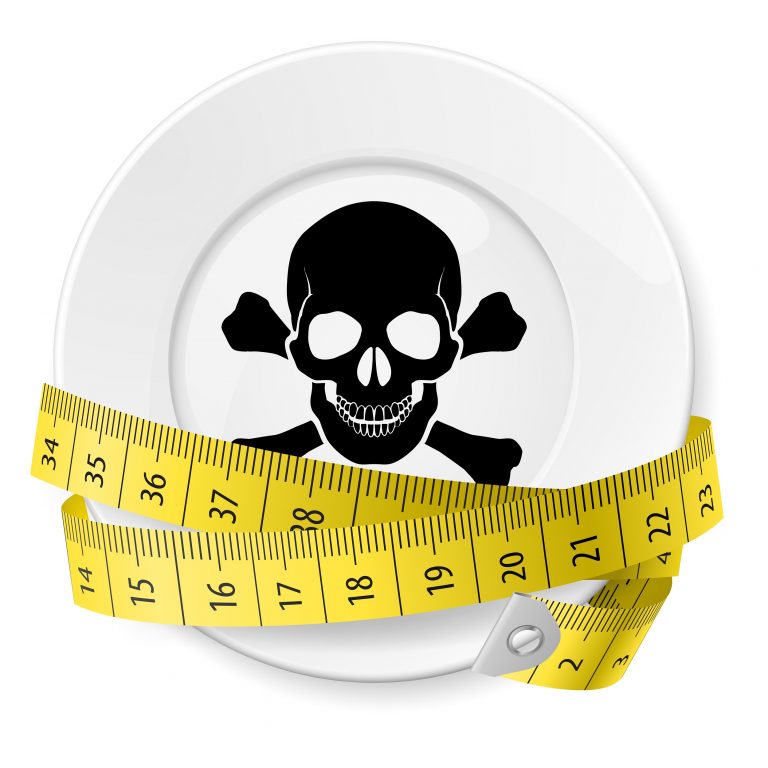There are many varieties of fasting diet. There are, for example, those which consist of drinking liquids only and not eating solid food at all. Others, on the other hand, allow different products to be introduced gradually. As a rule, a hunger strike causes weakening of the body, slowing down the metabolism, returning to the previous weight. They destroy the body by leading to significant shortages of necessary nutrients.
Starving - always unhealthy
Some hunger-strikers have encouraging names, such as the ballerina diet. This ten-day weight-loss treatment for the first two days assumes complete withdrawal from food intake (you can drink water and unsweetened coffee). The next two days include consumption of skimmed dairy, the fifth and sixth day - vegetables (potatoes are recommended, maximum of 11 pieces a day). On the seventh and eighth days, you can eat cooked meat, while on the last two days you can eat vegetables, mainly green ones.
Although this diet may result in weight loss, like any other type of hunger strike, it guarantees a yo-yo effect as well as problems with weight loss in the future.
Copenhagen Diet
It is also called the Thirteen Days or the Swedish Diet. Only certain products are allowed to be eaten as three meals per day for 13 days. The diet plan includes eggs, certain vegetables and dairy products, lean meat, fish, bread and coffee without additives. The diet is monotonous, and as the foods are low in calories, the effects of weight loss occur quite quickly. However, weight loss is a result of muscle mass loss and water loss, not the elimination of fat tissue.
After completing a diet, therefore, you usually return to your starting weight. The use of the Copenhagen diet also carries the risk of metabolic imbalances and food shortages. Headaches, concentration problems and constipation may also occur during the diet.
Atkins diet
The Atkins diet is based on the consumption of large quantities of high-fat products and the reduction of carbohydrates. The diet lasts for a fortnight - in the first one, carbohydrate intake should be limited to about 20 grams per day, in the second one to 40-50 grams. The most desirable in the Atkins diet are animal fats and vegetable oils.
Tapeworm diet
This is one of the most controversial diets consisting of swallowing a capsule with the larvae of unarmed tapeworm. The tapeworm is a parasite which, after being nested in the wall of the small intestine, feeds on digested food eaten by the infected person and therefore a fairly rapid weight loss can be observed.
However, the presence of the parasite in the body is associated with a number of unpleasant symptoms such as lack of appetite, nausea and vomiting, abdominal pain, weakness, dizziness, lack of energy, cachexia. In some cases, this type of weight-loss method can even lead to death.
In this case, it is also impossible to be sure what tapeworm is inside the capsule. If an armed tapeworm enters the body, the situation is much worse. This type of parasite can get stuck in other organs, e.g. the eye, heart or even brain, which poses a huge threat to the health and life of the host.






